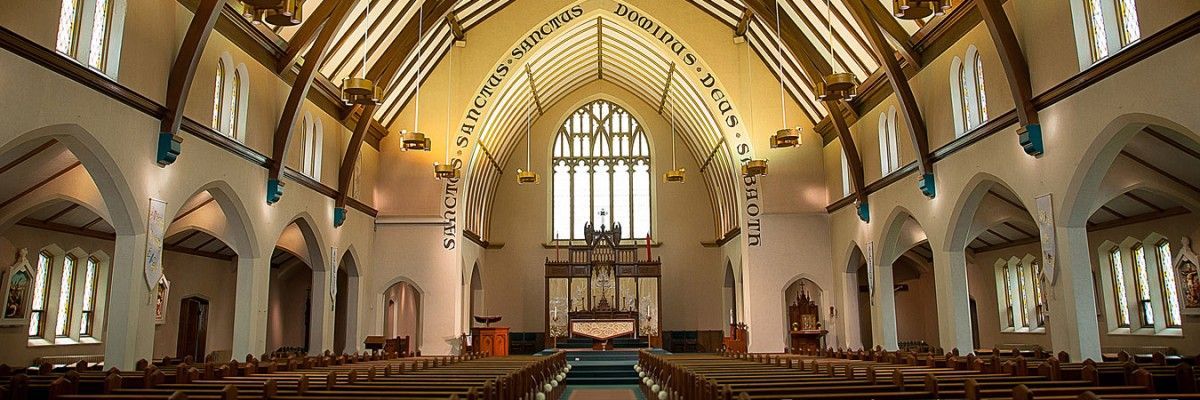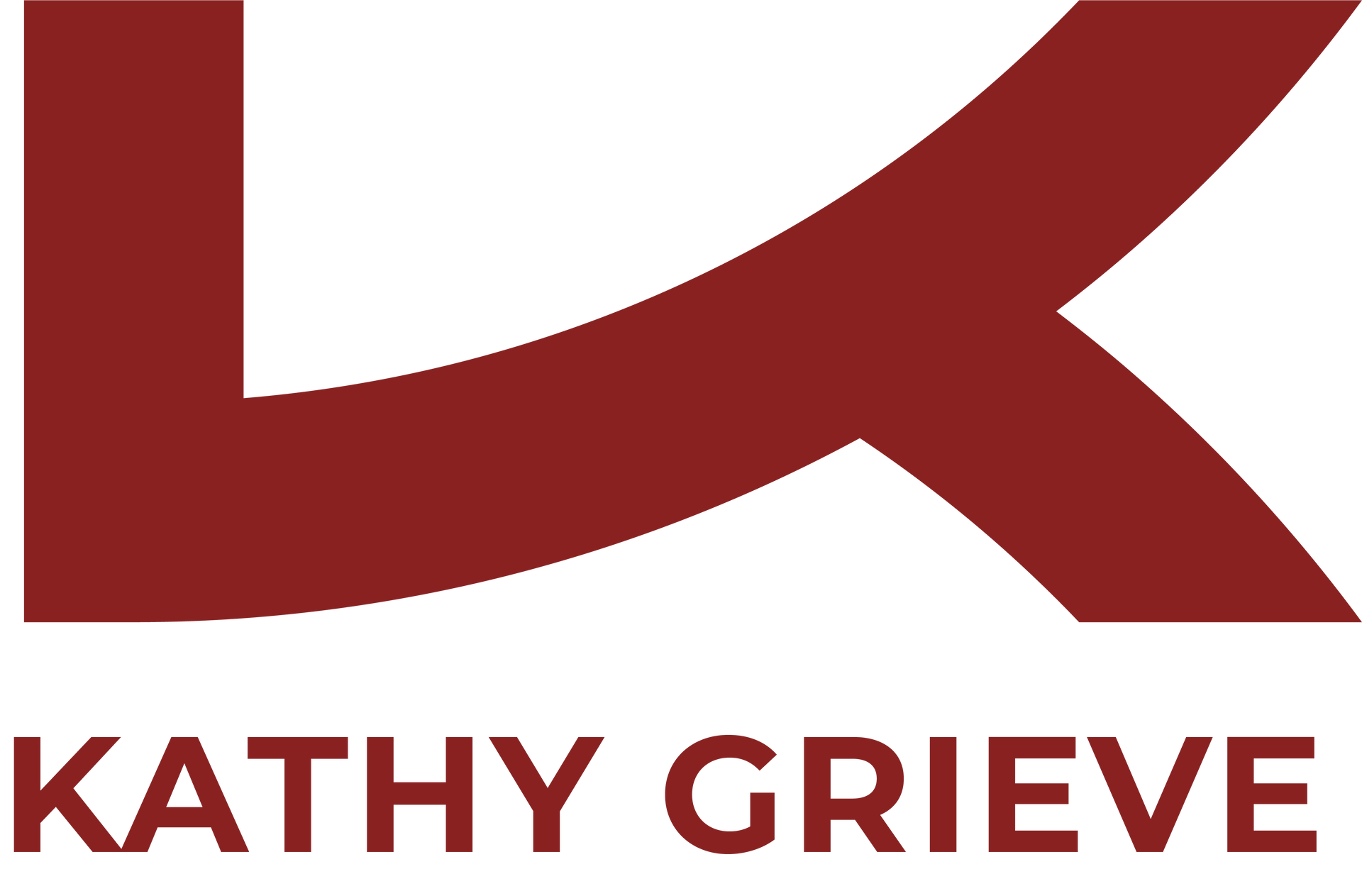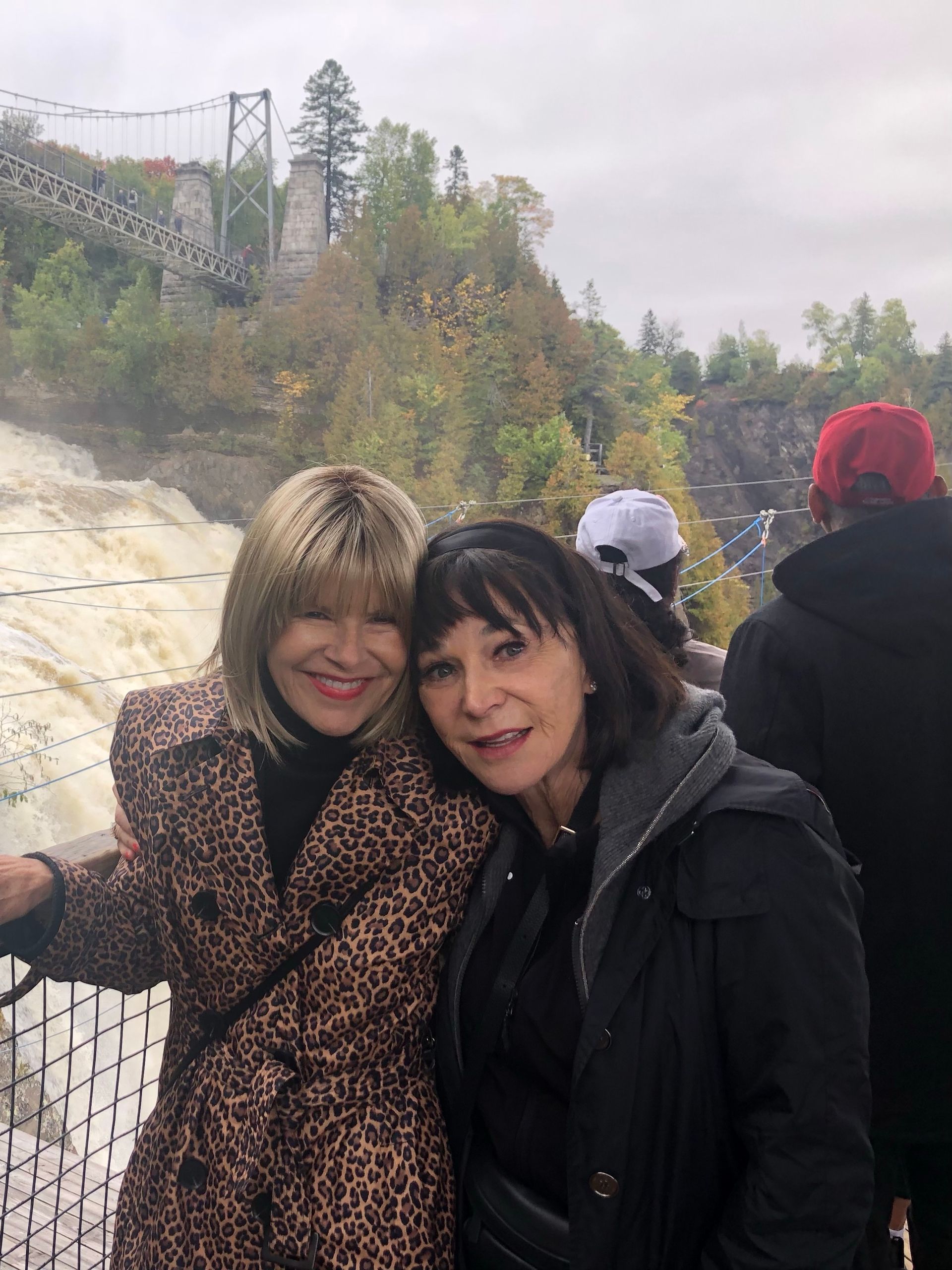
It was 1982 on an unbearably cold January day in Edmonton when I first met a beautiful early 30s woman named Peggy. That day the wintery streets were slick with black ice and I was nervous navigating the winding road to my destination. The bottom of my used car hit the snow windrows left by the snowplough that had cleared the streets in the wee hours of the morning. Well before high tech navigation aids were available, I relied on a city map to find my way to the family sports club we had recently joined.
I dropped off Noah, my oldest son, at his new French immersion school. My almost two year old son, Matthew was well secured in his car seat in the back of my red Plymouth Cricket. I had bought the car in my hometown of Winnipeg from a family friend whose father owned a car dealership. To say that it was a lemon is giving it much more credit than it was due. I crossed my fingers that the two of us would arrive safely and on time.
The club had a babysitting service which meant I could brave the well below minus temperature and go for an outdoor run. I was scheduled to meet the new sports coordinator, Linda, who told me she would introduce me to some fellow runners. I was eager to get oriented to our new club and perhaps connect with a regular running group.
After a short but tearful goodbye to Matthew at the babysitting room, I headed to meet Linda. For some reason the gathering place for the running group was in the ladies locker room which was drab with tall metal lockers fitted with combination locks. The well worn carpet showed of understandable abuse from food spills and some toddlers’ missed opportunity to make it to the bathroom.
Linda arrived right on time for our 9:15 am appointment. She was a fit and wiry woman in her twenties and to me she seemed a well-suited fitness professional. New to her job, she was enthusiastic and greeted me with a wide smile and firm handshake. She filled me in on the makeup of the running group which she believed had been together for at least two years and varied from 5-6 women.
It seems that freezing January day was too daunting for most of the running crew. The usual meeting time was 9:30 but by 9:40 no one had appeared. Shortly after that one member arrived. Linda broke into a grin and welcomed her. And so I met Peggy!
Peggy was a fashionable runner. Her blonde locks fell beneath the Fila touque she had pulled down over her forehead. A black and and grey scarf was tied around her neck that was embossed with alternating upright and inverted capital Gs. A quilted ski jacket topped her black running pants and her runners were black with a white Nike emblem on the side. She wore bright white sunglasses with a logo that I did not recognize.
After brief introductions we headed out the front door of the building, turning left across the parking lot and up a steep hill behind the club. Peggy was a relaxed runner compared to my more antsy style. We chatted amiably and traded the usual getting to know you information. Born and raised in Edmonton, Peggy was married to Roger and had two young girls who were attending the same school as Noah. It was the first coincidence we shared. I told her the address of the new home my husband and I had just purchased. Peggy’s face took on a surprised expression. The house we bought was Peg’s family home and where she had fond memories of growing up. It was the second coincidence we had in common.
As January turned into February I began to meet the other runners in the group. Some had spent the past month in Hawaii and others had various different commitments. The gang knew each other well and routinely ended the run with coffee in the cafeteria. At the time I was not sure what they shared in common besides running. But I did know one thing. They all wore those white sunglasses. But that’s another story for another day.
Joining the running group was the beginning of many happy years and memories in Edmonton that involved Peggy. We were a tight group and we often had days when a birthday lunch stretched into late night shenanigans. We were young and almost always ready to party but were still able to rally the next day and share a “dusty” run.
Our running group had it’s moment of fame one gorgeous day in 1983 when fall was inching toward winter. It was the one day when for some reason, only three runners showed up. Peg and two others were jogging on one of our regular routes in the river valley. An Edmonton Journal photographer captured them on film. The beautiful picture “made the paper’. The rest of were choked that the one day we missed was the day the three became celebrities. It has been a bone of contention ever since!
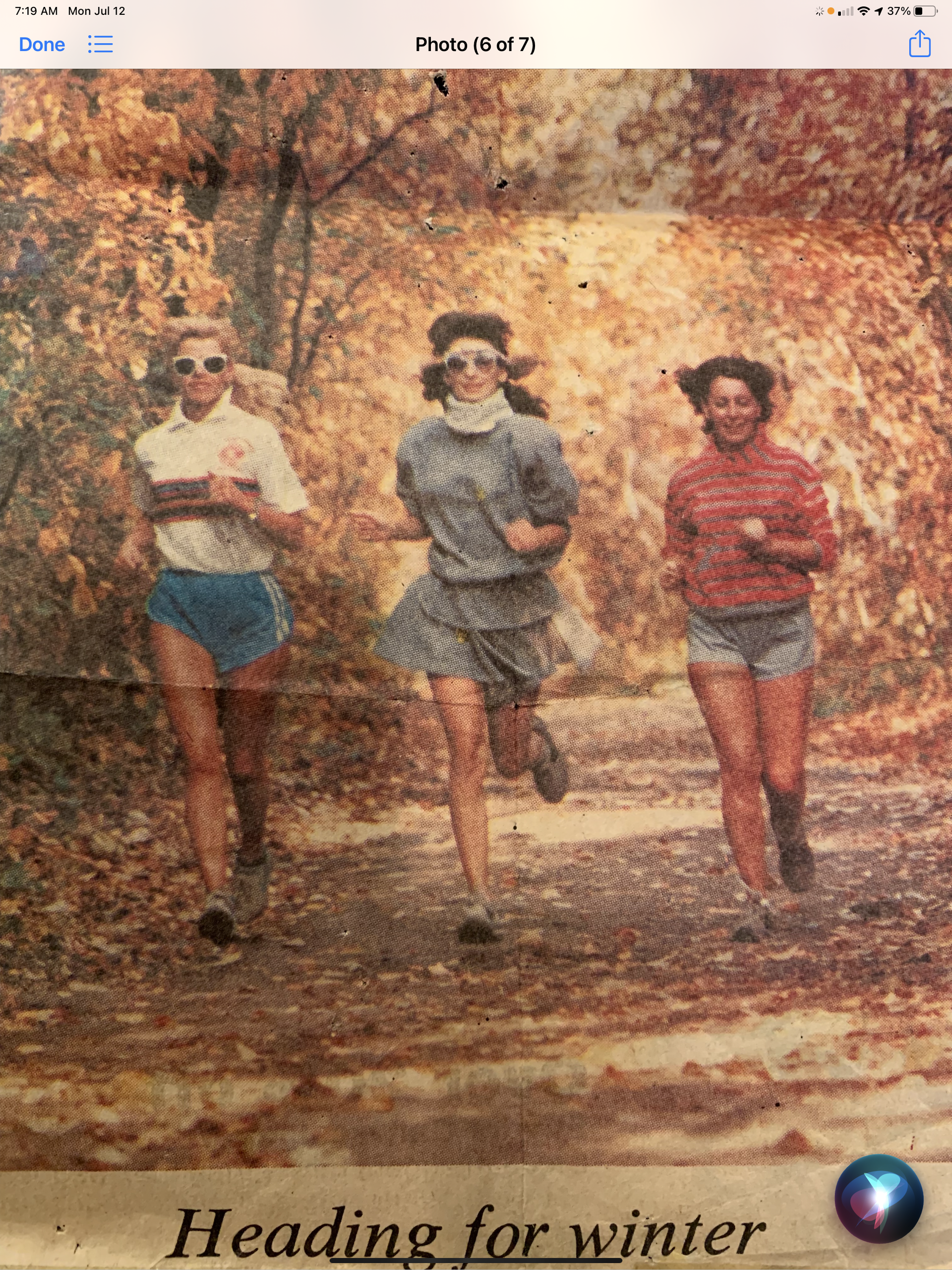
Eleanor was one of the friends I met through running and we hit it off so well that we decided to host a joint party. We held it at my home and invited about 60 people. Those were the days before we hired caterers so Eleanor and I researched recipes, shopped for ingredients and prepared the dishes.
On the night of the party people were enjoying themselves, eating drinking and sharing the latest local rumours. It was well past midnight and the event was still going strong. I was in the kitchen sitting around the table laughing and sharing stories with Peg and a few others. Roger came in and signaled to Peggy that it was time to go home. Peg did not look like she was about to head out anytime soon. Roger sensed this and said “Peg we told the kids we would be home by midnight.” Our witty Peggy cocked her head, narrowed her eyes and retorted “So we lied to the kids!”
Peggy was a determined and focused person and nothing personifies it better than her decision to go back to university. Having her girls at a young age meant Peggy had not completed an undergraduate degree. At some point in the 1980s Peg went back to university and continued on to earn a law degree in 1989. She practiced real estate and estate law for many years and was known to have met clients in parking lots to sign papers that needed immediate attention. Peg could get things done no matter how inconvenient.
I cannot recall exactly what celebration we were commemorating when this next story took place. It may well have been Peggy’s birthday. Again there was a big gathering this time at Roger and Peg’s elegant home in a well-established Edmonton neighborhood. The next part of the tale is one that I am a little embarrassed to admit. I had the bright idea to hire a male stripper to surprise Peggy. And certainly it was a surprise. The “performer” was very thin and ill-dressed in not so clean clothes and he wore fingerless leather gloves. Accompanied by sketchy music from a boom box it was apparent he was not a graduate of the Fred Astair dance studio. The nervousness in the room was palpable. No one was quite sure where to look. Typically, Peggy rose to the occasion. She somehow kept eye contact with the “entertainer” and with her usual class and grace she managed to dissipate a very awkward situation. She applauded and that was the end of that!
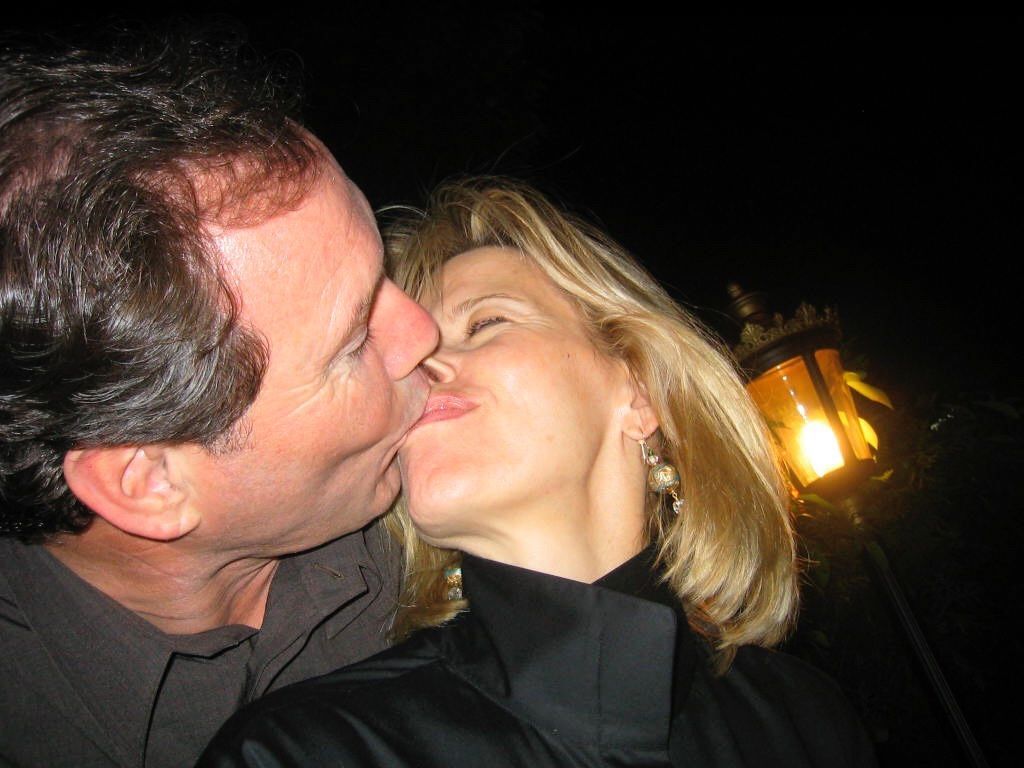
Roger and Peg were childhood sweethearts who met and fell in love in high school. Their long marriage was admired by many and emulated by few. Meeting as teenagers when Peg was in Grade 10 they travelled together to Europe after Peggy graduated from high school. They married and raised two wonderful daughters together. It was their strong bond that supported their journey through Peg’s brave battle against cancer. The love they shared and the love of her family and friends helps to make our loss a little more bearable.
Peggy was a classy, elegant, composed and extremely well-liked woman. Her infectious smile and sly sense of humor were her trademarks, her unflappable demeanor her forte and her integrity her long suit. The memories Peg created will live on. We miss you my friend.
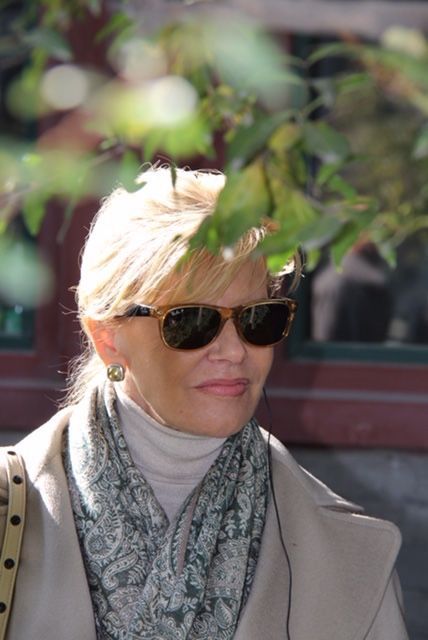
Sassy Blog

